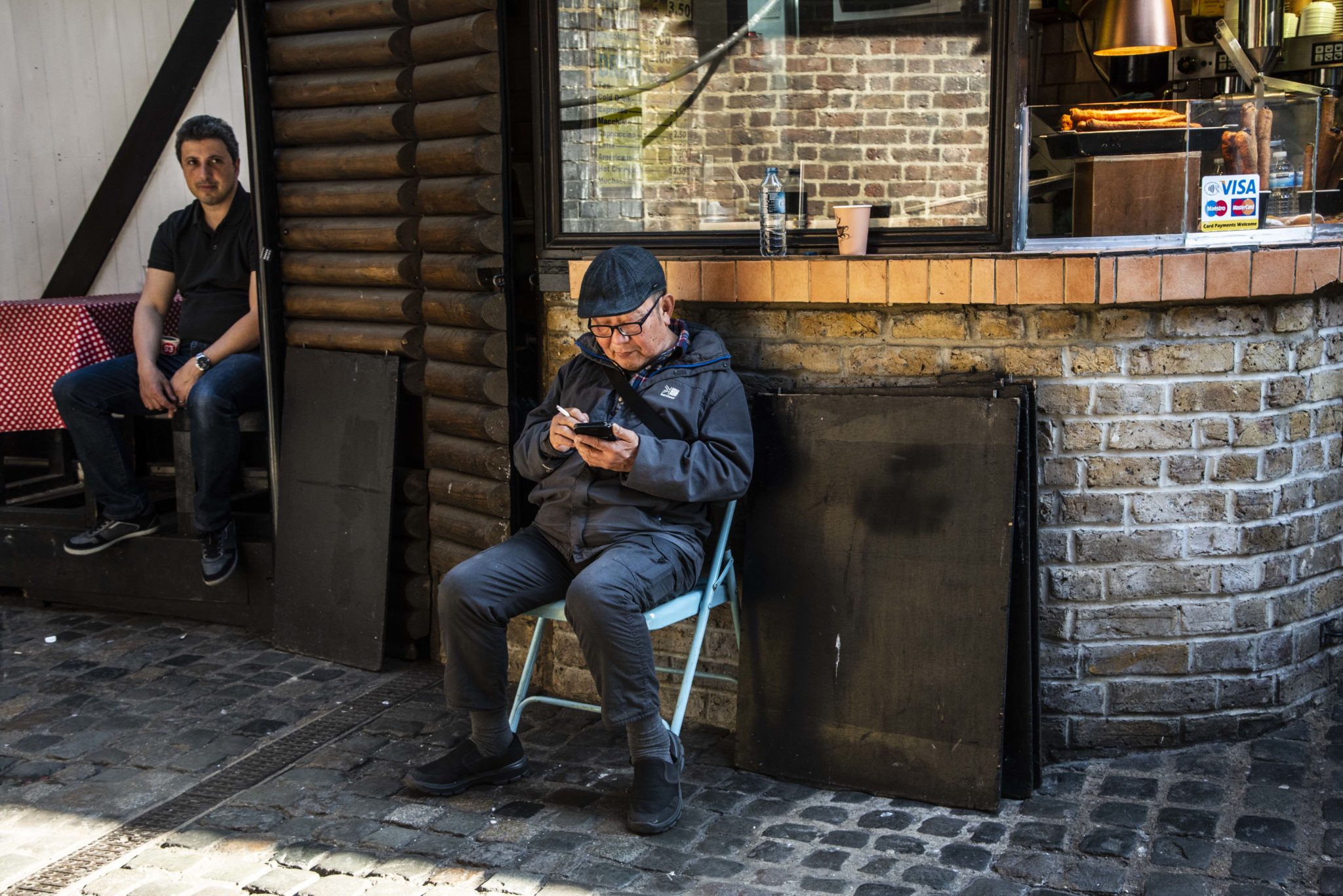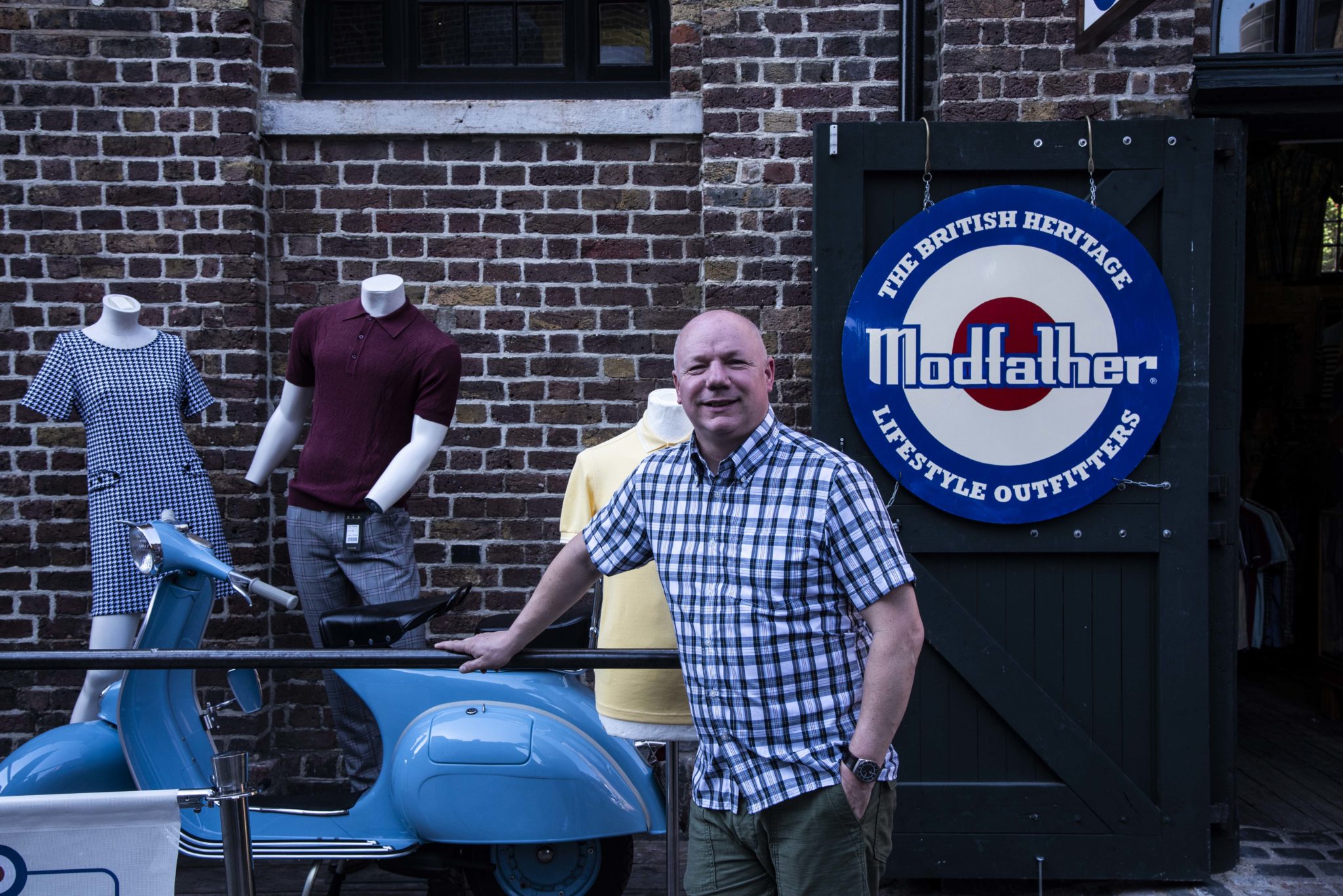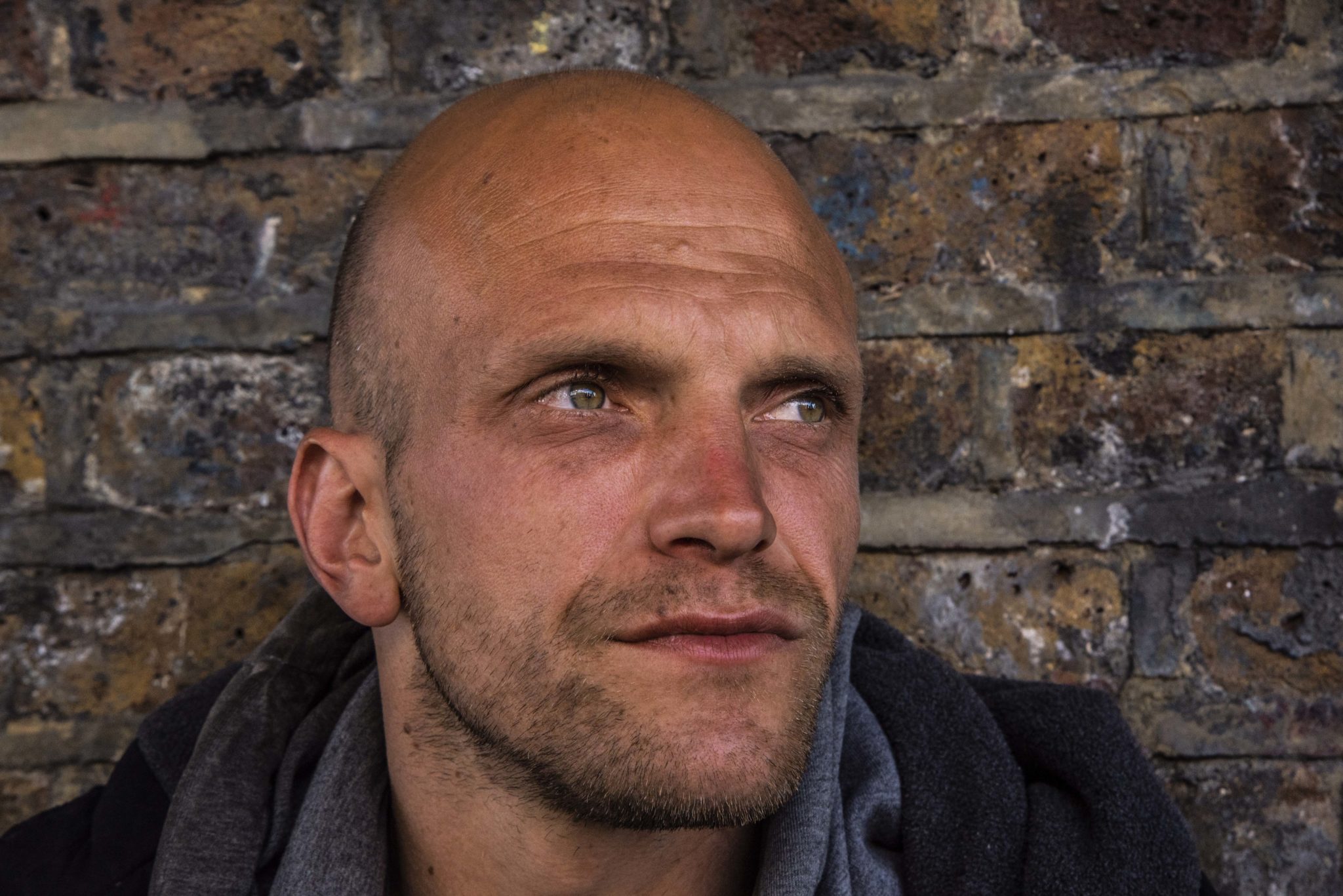Portraits workers
”
”Dreadlocks
While leaving hair to its own devices – forgoing brushing, combing or cutting the hair, also known as the "neglect" technique and "free forming" – will generally result in tangles and mats, the formation of evenly sized dreadlocks takes planning and maintenance.” image=”https://www.sarahstuartphotography.com/wp-content/uploads/2018/05/DSC_7789.jpg” height=”600″ align=”left” padding=”30″ bgcolor=”” fontcolor=”” custom_css=”” ]Larry Wolff in his book Inventing Eastern Europe: The Map of Civilization on the Mind of Enlightenment mentions that in Poland, for about a thousand years, some people wore the hair style of the Scythians. Zygmunt Gloger in his Encyklopedia staropolska mentions that Polish plait (dreadlocks or plica polonica) was worn as a hair style by some people of both genders in the Pinsk region and the Masovia region at the beginning of the 19th century.Traditionally, it was believed that in order to create dreadlocks in non afro-textured hair, an individual had to refrain from brushing, combing or cutting. This lack of hair grooming results in what is called “free form” or “neglect” dreads, where the hair matts together slowly of its own accord. Such dreads tend to vary greatly in size, width, shape, length, and texture. If the wearer is interested in any uniformity of their dreads, they must pull the matted strands of hair apart to ensure large clumps don’t form. All that is needed alongside the regular separating of sections is regular washing, oily dirty hair will slide along each other and never form knots. Some people will spray a water solution with added sea salt and essential oils to dry the hair and accelerate the matting process











